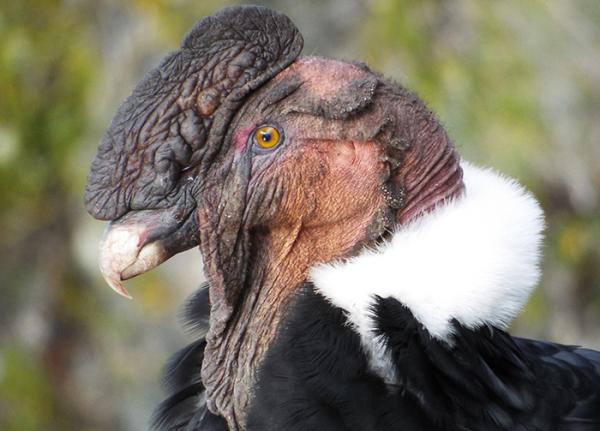Every July, villagers in southern Peru celebrate independence from Spanish colonial rule. Known as Yawar Fiesta or “Blood Festival,” the event attracts tourists to witness a life-or-death struggle: a wild Andean Condor, symbolizing the Inca people, is tied on the back of a bull representing Spain. A matador then goads the two frightened animals into a bloody fight.
We don’t yet know how many villages hold Yawar Fiestas, but current estimates suggest that 60 wild Andean Condors are trapped every year for the spectacles. The birds are typically kept in unsafe conditions for several days, paraded through the streets, and fed alcohol before the main event. Those that live through the ordeal are released, but it’s unknown whether they survive or for how long.

Cecilia Larrabure

Hernan Vargas
Although Peruvian law forbids the capture of wild animals, the festivals are carried out under the leadership of local mayors, police, and priests. Peruvians revere the Andean Condor as sacred, symbolizing a god descending from the heavens to fight in their behalf. Most are not aware that the ritual harms or kills the condors. And with the enticement of tourist money, we believe the number of communities hosting Yawar Fiestas is growing.
Our data from Ecuador and elsewhere shows Andean Condors already in decline, poisoned or shot primarily by ranchers in retaliation for livestock deaths. Although condors feed mostly on carrion, they are able to occasionally kill calves.
Since Andean Condors only raise a single chick every other year, losses related to Yawar Fiestas are simply not sustainable.
Condors fly vast distances, and it’s likely that the toll from Yawar Fiestas affects the entire population, which ranges from Colombia to Tierra del Fuego. Our immediate task is to determine how many festivals take place, and the impact they have on the species as a whole. Our partners, staff, students, and volunteers are poised to do the necessary fact-finding by attending numerous fiestas to observe, document, and film.
With this information in hand, we hope to influence local officials and train them to protect Andean Condors. We’ll also design and launch an outreach program appealing to Peruvians’ desire to protect their cultural heritage and respect condors, while offering a new perspective about the species’ precarious existence. We’ll conduct a pilot program in three communities, evaluate the effectiveness, then adjust as needed and expand throughout the region until we achieve our goal: ending the trapping of Andean Condors for Yawar Fiestas.






